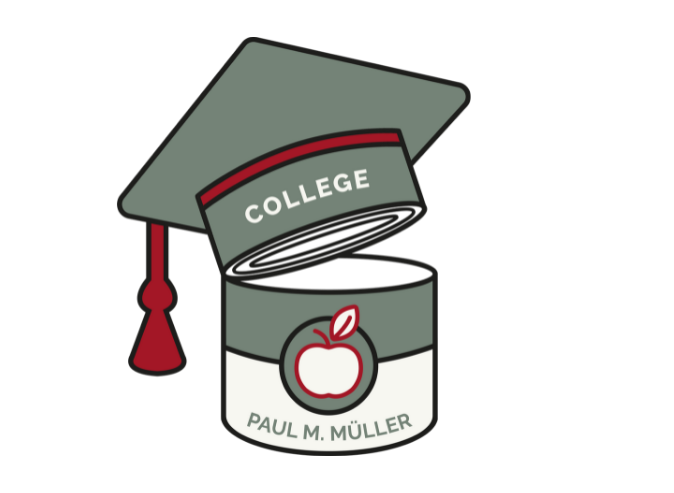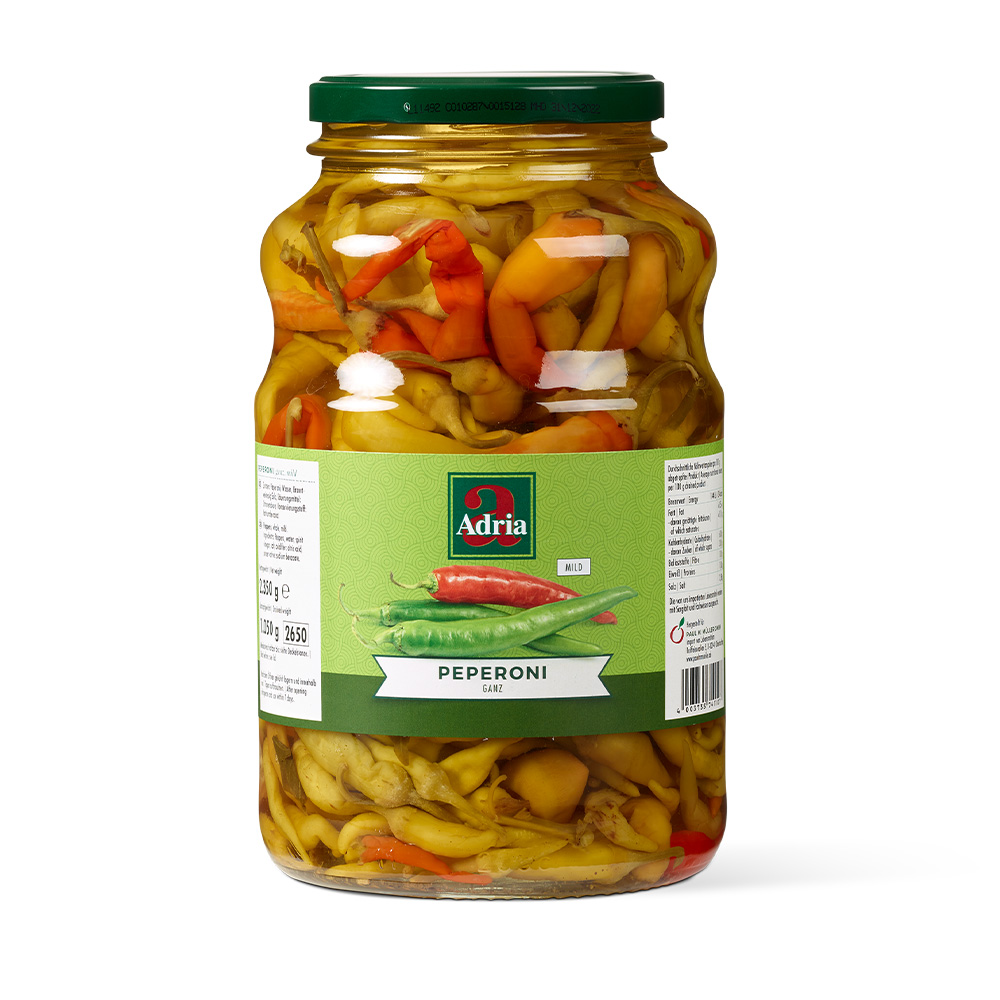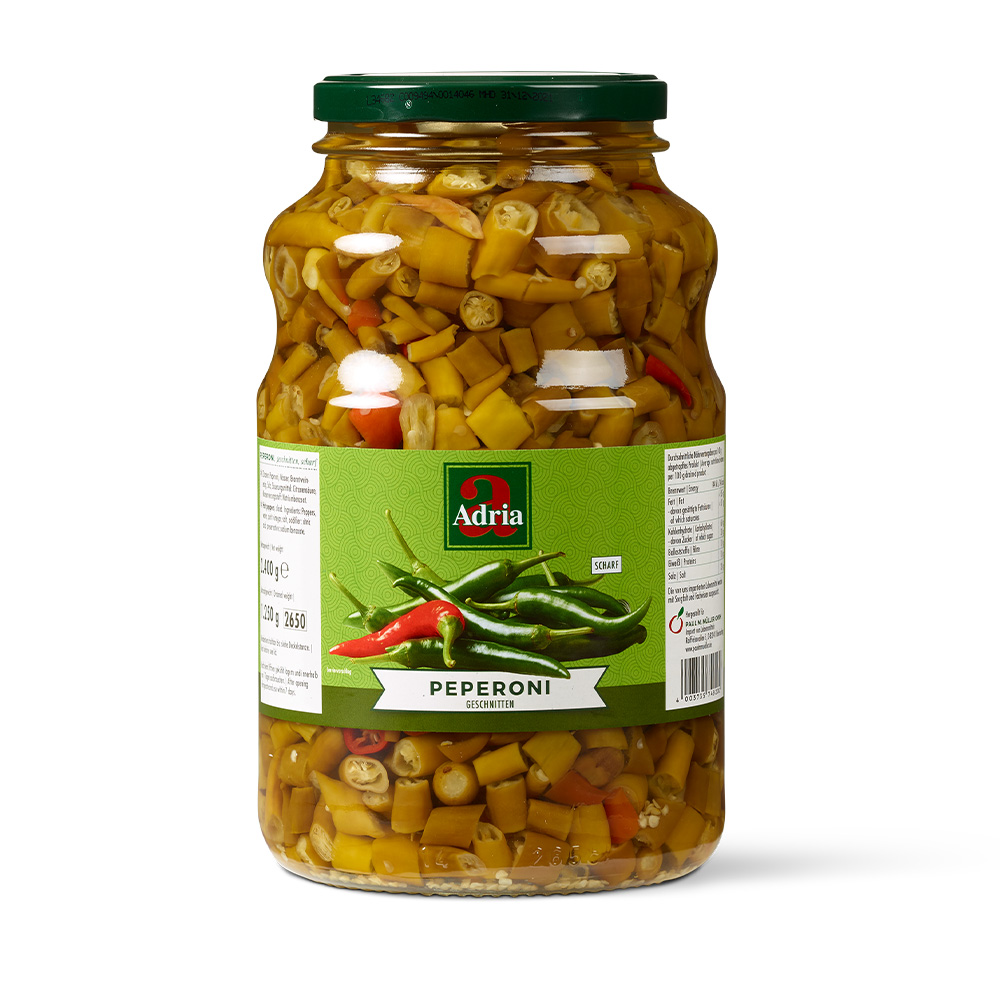PMM College – Part 4: Our new commodity knowledge for trainees, professionals and all those interested. This time, PMM College explains “Scoville” and the significance of this level of spiciness in food.
With chilli to the Nobel Prize: Research into sensitivity to heat in humans recently led to the award of the Nobel Prize in Medicine. How do nerve cells react to heat and pressure? The two US researchers David Julius and Ardem Patapoutian found out: The substance in the chilli pepper – capsaicin – enabled them to discover one of the body’s most important pain receptors. One of the two researchers used capsaicin, which causes a burning sensation, to identify a sensor in the nerve endings of the skin that reacts to heat. What does this have to do with Paul M. Müller?
Well, we also have “hot things” in our range: like these sliced jalapenos or chillies. And they are delicious as spicy additions in the kitchen for different dishes, but they also have a certain spiciness. Both products contain capsaicin.
The background: The spiciness of a food, i.e. the sharpness of the taste, is indicated in Scoville: This unit of measurement provides information on how spicy a food is and determines the capsaicin content of the product: capsaicin belongs to the chemical group of alkaloids (organic nitrogenous chem. compounds) and is obtained from the nightshade plant Capsicum (pepper variety). It is one of the hottest substances on earth. So: the higher the capsaicin content, the hotter the pepper! The Scoville method of measurement is abbreviated SHU (Scoville Heat Units) and describes the detectable spiciness by calculating the pure capsaicin content in the respective product. Until the year 2000, the maximum value was defined as 16,000,000 Scoville. For example, a simple garden pepper with no detectable heat has a Scoville rating of 0. In the meantime, however, the Scoville scale ranges from 0 to 25,000,000 – the heat level of pure capsaicin.
For orientation: People perceive a slight spiciness from a Scoville degree of 16 SHU. Hot peppers like Santa Fe Chilli usually have a value between 100 and 500 SHU. This depends on the time of harvest, degree of ripeness and exposure to sunlight. Tabasco sauce usually has 1000 to 2500 SHU, jalapeno chillies have a SHU value between 2500 and 10,000 SHU. But here, too, there are milder and hotter versions. Paul M. Müller has both in his range for the professional kitchen – so that everyone can cook and season according to their own taste! Enjoy your meal.






